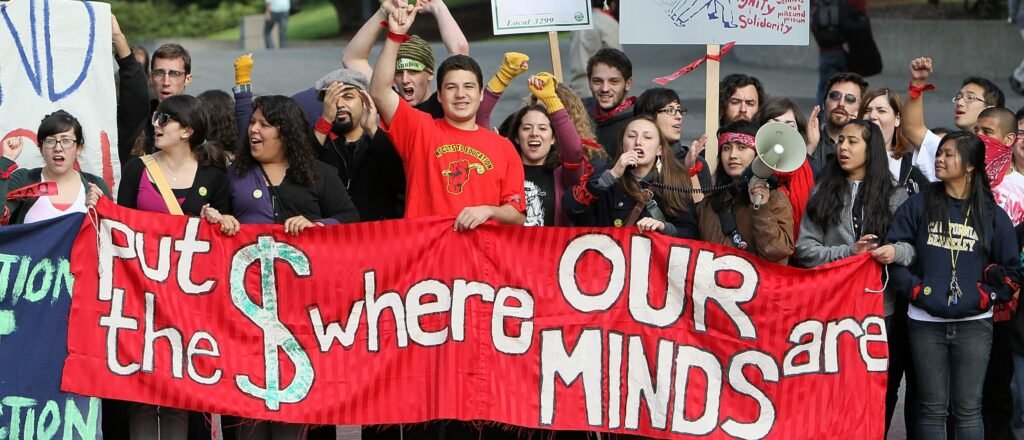As tuition costs in the U.S. continue to rise dramatically, Republican-led states are increasingly vocal about the need to rein in what they view as excessive university pricing.
Indiana’s Governor Mike Brown is taking a proactive stance. On June 24, he announced that all 15 public universities in the state would freeze tuition rates for the upcoming academic year, a decision made at his urging. Politicians seem content to generally support educational institutions rather than challenge them to ensure affordability for students and their families.
“You had to be a bit of an entrepreneur, and you just had to push the envelope,” Brown noted regarding his initiatives. “It’s easy for governors to act like they’re powerless, but that just encourages schools to think the funding will never run out.”
The decision to maintain existing tuition and fees through the 2025-2026 and 2026-2027 school years stemmed from a petition submitted to the state Board of Higher Education, facilitated by Brown. It indicates that tuition rates won’t increase for those years.
In sharp contrast, many prestigious universities have announced significant tuition hikes recently. Institutions like Cornell, Duke, and the University of Michigan have each raised their fees by over 4%, while some students at the University of Minnesota are facing increases of up to 7.5% for the next year.
Brown expressed concern over the lack of market-driven forces in education and healthcare, stating, “There’s just no incentive for cost monitoring when revenue is guaranteed. Students and parents are often misled into thinking that a four-year degree is the only path to success.”
He also pointed out that businesses are increasingly recognizing the declining value of college degrees, with some no longer requiring applicants to have them. “Many employers say they can find talent without the emphasis on degrees—those are just too costly,” he said. “So, families are re-evaluating their expectations, just as companies are exploring alternative qualifications.”
While universities frequently cite budget cuts and rising costs as justifications for tuition hikes, much of the blame often rests on administrative inefficiencies and reliance on government funding. In fact, tuition has been rising for decades, outpacing inflation significantly.
For instance, university enrollments grew by 92% from 1950 to 2013, yet administrative positions soared by 702%. With the advent of federal student loans, colleges have felt free to increase fees, knowing that families will often turn to government loans as a backup.
“They generally employ more staff across multiple departments,” Brown remarked, adding that federal COVID-19 funding helped universities expand further than usual.
Brown pointed out that numerous institutions have adjusted their models to operate like businesses, but many still struggle with delivering quality educational outcomes for reasonable costs. As families face rising tuition bills, they are starting to demand better value.
One notable success in Indiana is Purdue University, which has not increased its tuition rates since 2012. “We knew where Purdue stood, and everyone else has been trying to follow that model without much resistance,” Brown stated.
To offset cuts to in-state tuition, some schools have raised rates for out-of-state students or increased their international student populations. For example, Harvard University heavily relies on international students, who constitute over a quarter of its enrollment.
Harvard has managed to resist pressure from the previous administration regarding foreign student admissions, claiming that such oversight isn’t warranted.
“Some educational establishments often make excuses instead of joining the broader efforts to adapt,” Brown commented. “If they want to attract out-of-state or international students, they’ll eventually face serious consequences if they don’t change.”
He went on to mention that the ongoing landscape could lead more graduates to become unemployed—especially in 2025—due to students selecting degrees with limited job prospects. This concern ties back to protests and unrest at elite universities, which have affected hiring patterns among employers.
Brown noted that if universities continue down their current path, private institutions may also face challenges. “The private sector might be even more uncertain about its future if it doesn’t adapt,” he remarked. “Eventually, markets change, and institutions that fail to keep up could face hard times.”
He emphasized that shifts may need to occur even in K-12 education. “That could reduce demand for university slots,” Brown suggested. “But whenever substantial change happens, it often creates new opportunities for innovation.”
















